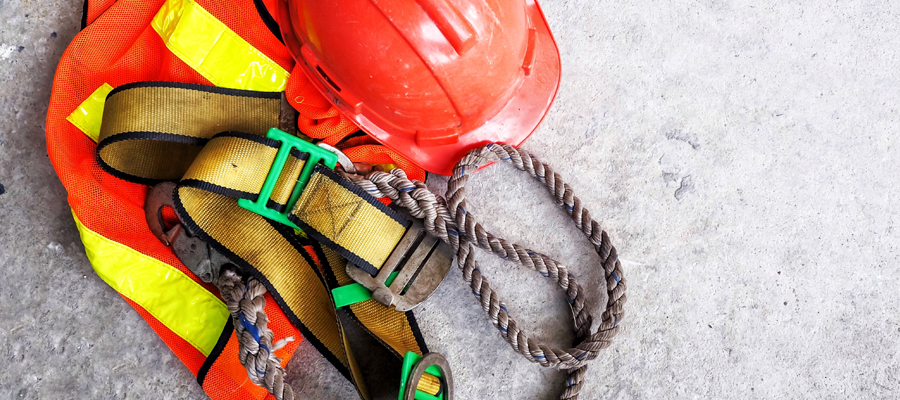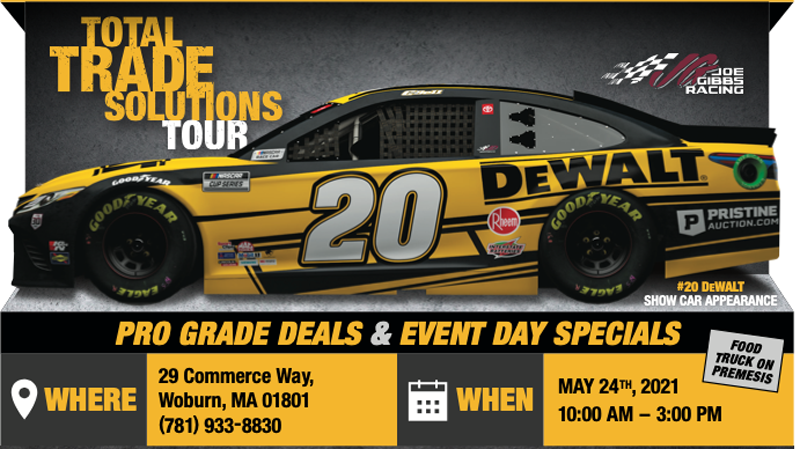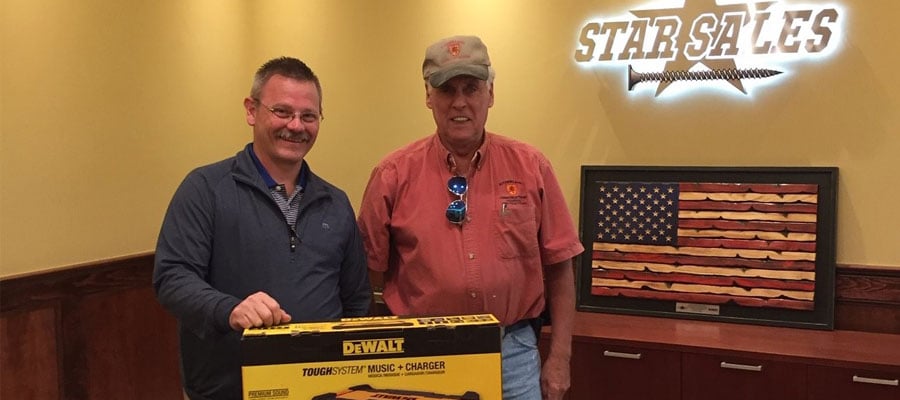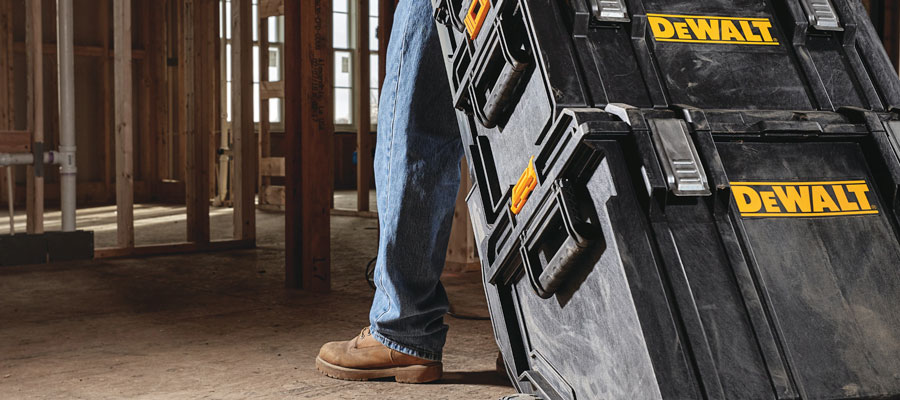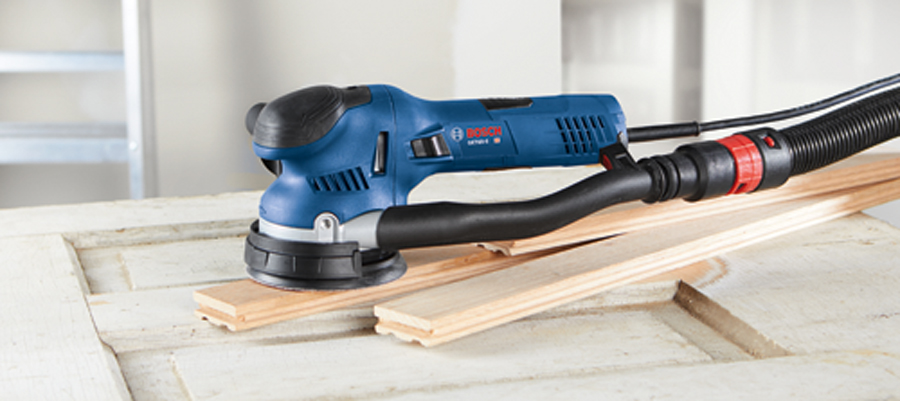Though many workers complain about the inconvenience of safety harnesses on the job site, an astounding 38.8% of construction fatalities are caused by falls. As increasing concerns over construction safety and additional accident analysis brings the public eye to job site safety, how can we increase the level of safety available on a job site without impeding our workers from doing their job? Here's a quick look at different types of fall protection equipment available, which is the most effective for your situation and new laws that have recently or are coming into effect to help you make the right decisions for your crew.

New Laws That May Impact Your Crew
Current laws require that safety equipment be used to prevent a worker from free falling more than six feet or the distance to contact a lower floor or obstruction. This prevents injuries caused by striking a lower half-floor that may be less than six feet below the work level.
A safety belt must stop no more than 900 pounds of force, due to the risk of injury from the belt itself, while a safety harness may stop up to 1,800 pounds of force due to the multiple points of contact reducing the risk of injury from the harness.
The latest revision to the rule states that employers may select the personal fall protection equipment that works best for their crew and work situation.
Types of Personal Fall Protection Equipment
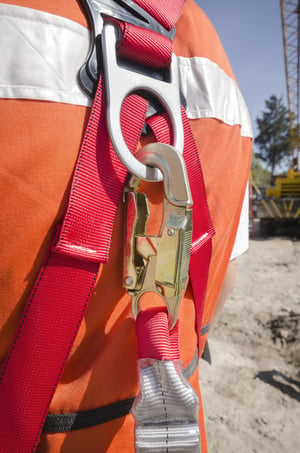
In general, safety harnesses are the most common variety of fall protection equipment while safety belts are used in some situations where the concern is arresting a slide rather than a fall. The advantage of a safety belt is that it can incorporate back support and tool belt functionality into a single piece of equipment. By comparison, safety harnesses tend to have more points of contact with the body, making them more secure and less likely to cause injury than a safety belt during a free-fall situation.
The Best Choice for Your Work Environment
In general, safety belts work best in areas where you want to arrest sliding, while a safety harness works better to protect against a fall. For example, on a roof, a safety belt works well when you're a minimum of 10' from the edge as it will stop you from continuing to slide down the slope of the roof towards the edge. The reason for this is the design of the belt, as it can cause damage to your back or cause internal injuries in the torso if it were to arrest your fall in a free-fall situation. For most situations, safety harnesses provide a higher level of protection from fall-related injuries as it puts the impact of the stop across several points in your body rather than simply across your waist.
By keeping a focus on fall protection on the job site, you can improve worker safety and help lower the worst statistics of the Fatal Four by preventing falls. If you need additional help to find the right safety equipment for your crew's needs, please feel free to contact our experienced associates today. At Star Sales, our job is keeping your job rolling smoothly, whether it's through our special order service, easy ordering process or job site delivery.

